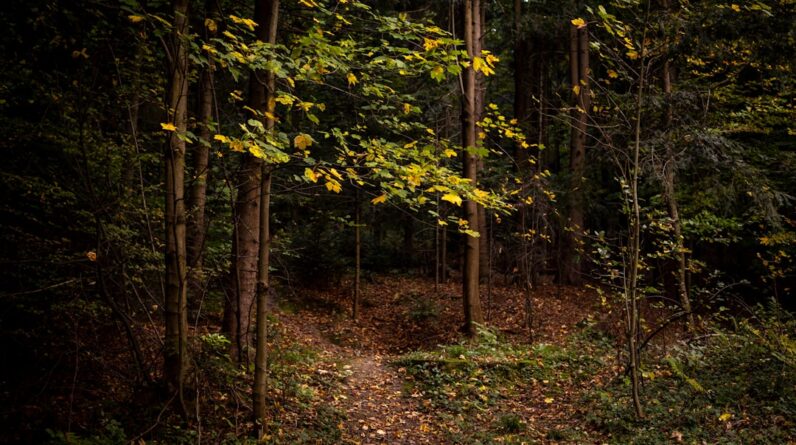Nova Scotia, located on Canada’s east coast, is a province with a rich and diverse history. From the Acadian culture to the Mi’kmaq people, from Scottish heritage to the tragic connection to the Titanic, Nova Scotia offers a wealth of cultural and historical landmarks to explore. These landmarks not only provide a glimpse into the past, but also serve as a reminder of the importance of preserving and celebrating our history.
Key Takeaways
- Nova Scotia has a rich history that includes the Acadian culture, Mi’kmaq people, Scottish roots, and tragic events like the sinking of the Titanic.
- Exploring the Acadian culture and history can include visiting museums, attending festivals, and trying traditional Acadian cuisine.
- Halifax is home to many historic landmarks, including the Halifax Citadel, the Old Town Clock, and the Halifax Public Gardens.
- The Fortress of Louisbourg offers a glimpse into 18th-century life in Nova Scotia and features costumed interpreters and interactive exhibits.
- Lunenburg is a UNESCO World Heritage Site known for its colorful architecture, fishing heritage, and connection to the Bluenose schooner.
Exploring the Acadian Culture and History
The Acadian culture is deeply rooted in Nova Scotia’s history. The Acadians were French settlers who arrived in the region in the 17th century. They established vibrant communities and developed their own unique culture, which included traditions, language, and cuisine. Today, visitors can explore Acadian landmarks and museums to learn more about this fascinating culture.
One must-visit landmark is Grand-Pré National Historic Site, located in the Annapolis Valley. This site commemorates the deportation of the Acadians in 1755 and showcases the history and resilience of the Acadian people. Another notable museum is the Musée Acadien de l’Université de Moncton, which features exhibits on Acadian history, art, and culture.
Discovering the Historic Landmarks of Halifax
Halifax, Nova Scotia’s capital city, has a rich history that dates back centuries. From its founding in 1749 to its role as a major port during World War II, Halifax has played a significant role in Canadian history. Visitors can explore numerous historic landmarks that tell the story of the city.
One top landmark is Citadel Hill, a star-shaped fort that overlooks Halifax Harbour. This National Historic Site offers guided tours and exhibits that delve into Halifax’s military past. Another must-visit site is Pier 21, often referred to as Canada’s Ellis Island. This immigration museum tells the stories of the millions of immigrants who arrived in Canada through Halifax.
Uncovering the Secrets of the Fortress of Louisbourg
Located on Cape Breton Island, the Fortress of Louisbourg is a reconstructed 18th-century French fortress that offers a unique glimpse into life in colonial Canada. The fortress was originally built in 1713 and was a thriving center of trade and military power. However, it was destroyed in 1760 and lay in ruins for over 200 years before being reconstructed.
Visitors to the Fortress of Louisbourg can explore the streets, houses, and shops of the fortress as they would have appeared in the 18th century. Costumed interpreters bring the history to life, offering demonstrations and storytelling. The fortress also hosts special events throughout the year, such as reenactments and period music performances.
Visiting the UNESCO World Heritage Site of Lunenburg
Lunenburg, a charming town on Nova Scotia’s South Shore, is a UNESCO World Heritage Site that is steeped in history. Founded in 1753, Lunenburg is one of the best-preserved examples of a British colonial settlement in North America. Its colorful waterfront and well-preserved architecture make it a popular destination for visitors.
One of the top things to do in Lunenburg is to take a walking tour of the town’s historic district. This area is filled with beautifully preserved buildings, including the iconic Lunenburg Academy and St. John’s Anglican Church. The Fisheries Museum of the Atlantic is another must-visit attraction, where visitors can learn about Lunenburg’s fishing heritage and explore exhibits on marine life.
Learning About the Mi’kmaq People and Their History

The Mi’kmaq people have inhabited Nova Scotia for thousands of years and have a rich cultural heritage. Visitors to Nova Scotia can learn about their history and traditions by visiting Mi’kmaq landmarks and museums.
One notable landmark is the Millbrook Cultural and Heritage Centre, located in Truro. This center offers exhibits on Mi’kmaq history, art, and culture, as well as guided tours and workshops. The Glooscap Heritage Centre and Mi’kmaq Museum, located in Millbrook, is another must-visit attraction. It features exhibits on Mi’kmaq legends, artifacts, and contemporary art.
Touring the Historic Lighthouses of Nova Scotia
Nova Scotia is home to numerous historic lighthouses that have guided ships along its rugged coastline for centuries. These lighthouses not only serve as navigational aids but also offer a glimpse into the province’s maritime history.
One top lighthouse to visit is Peggy’s Cove Lighthouse, located just outside of Halifax. This iconic lighthouse sits atop a granite outcrop and offers stunning views of the Atlantic Ocean. Another notable lighthouse is Cape d’Or Lighthouse, located on the Bay of Fundy. Visitors can hike to the lighthouse and explore the surrounding cliffs and beaches.
Experiencing the Charm of Annapolis Royal
Annapolis Royal, located in the Annapolis Valley, is a small town with a rich history and plenty of charm. It was founded in 1605 by French settlers and served as the capital of Acadia until it was captured by the British in 1710. Today, visitors can explore its historic sites and enjoy its picturesque setting.
One top attraction in Annapolis Royal is Fort Anne National Historic Site, which dates back to 1629 and is Canada’s oldest national historic site. Visitors can explore the fort’s ramparts, barracks, and officers’ quarters, as well as enjoy panoramic views of the Annapolis Basin. The Historic Gardens is another must-visit attraction, featuring beautifully landscaped gardens that showcase plants from different periods in Nova Scotia’s history.
Tracing the Roots of Scottish Culture in Cape Breton
Cape Breton, an island off the coast of Nova Scotia, has a strong Scottish heritage that is still celebrated today. The island is home to numerous Scottish landmarks and museums that offer a glimpse into this rich cultural heritage.
One must-visit landmark is the Highland Village Museum, located in Iona. This living history museum showcases the daily life of Scottish settlers in the 19th century and features costumed interpreters, historic buildings, and traditional music and dance performances. The Cabot Trail, a scenic drive that winds through Cape Breton Highlands National Park, also offers stunning views of the island’s rugged coastline and Scottish-inspired villages.
Reflecting on the Tragic History of the Titanic in Halifax
Halifax has a tragic connection to the sinking of the Titanic in 1912. After the ship sank, Halifax became a central hub for recovery efforts and served as the final resting place for many of the victims.
One top landmark to visit is Fairview Lawn Cemetery, where 121 victims of the Titanic are buried. Visitors can pay their respects at the gravesites and learn more about the tragedy at the nearby Maritime Museum of the Atlantic. The museum features exhibits on the Titanic, including artifacts recovered from the wreckage.
Nova Scotia’s cultural and historical landmarks offer a fascinating glimpse into the province’s rich history. From exploring Acadian culture to visiting historic lighthouses, from learning about Mi’kmaq traditions to reflecting on the tragic history of the Titanic, there is something for everyone to discover in Nova Scotia. By preserving and celebrating these landmarks, we can ensure that future generations can continue to learn from and appreciate our shared history.
If you’re interested in exploring more historic sites and cultural experiences, you might also enjoy reading our article on “The Transition Journey: Managing Menopause with Ease.” This insightful piece delves into the challenges and changes that women face during this stage of life and offers practical tips for navigating the transition with grace and confidence. Discover how to embrace this new chapter and make the most of your journey. Read more








